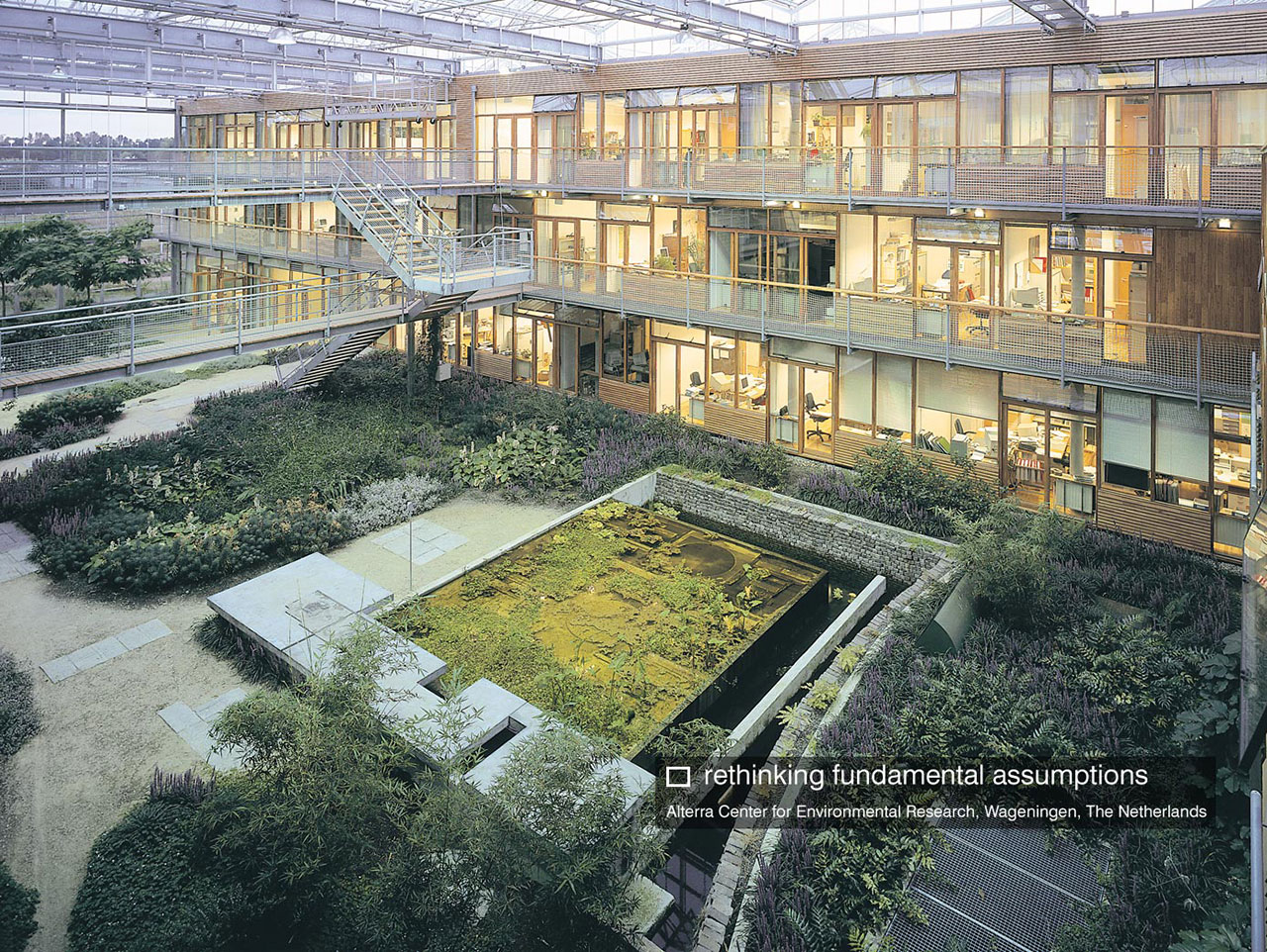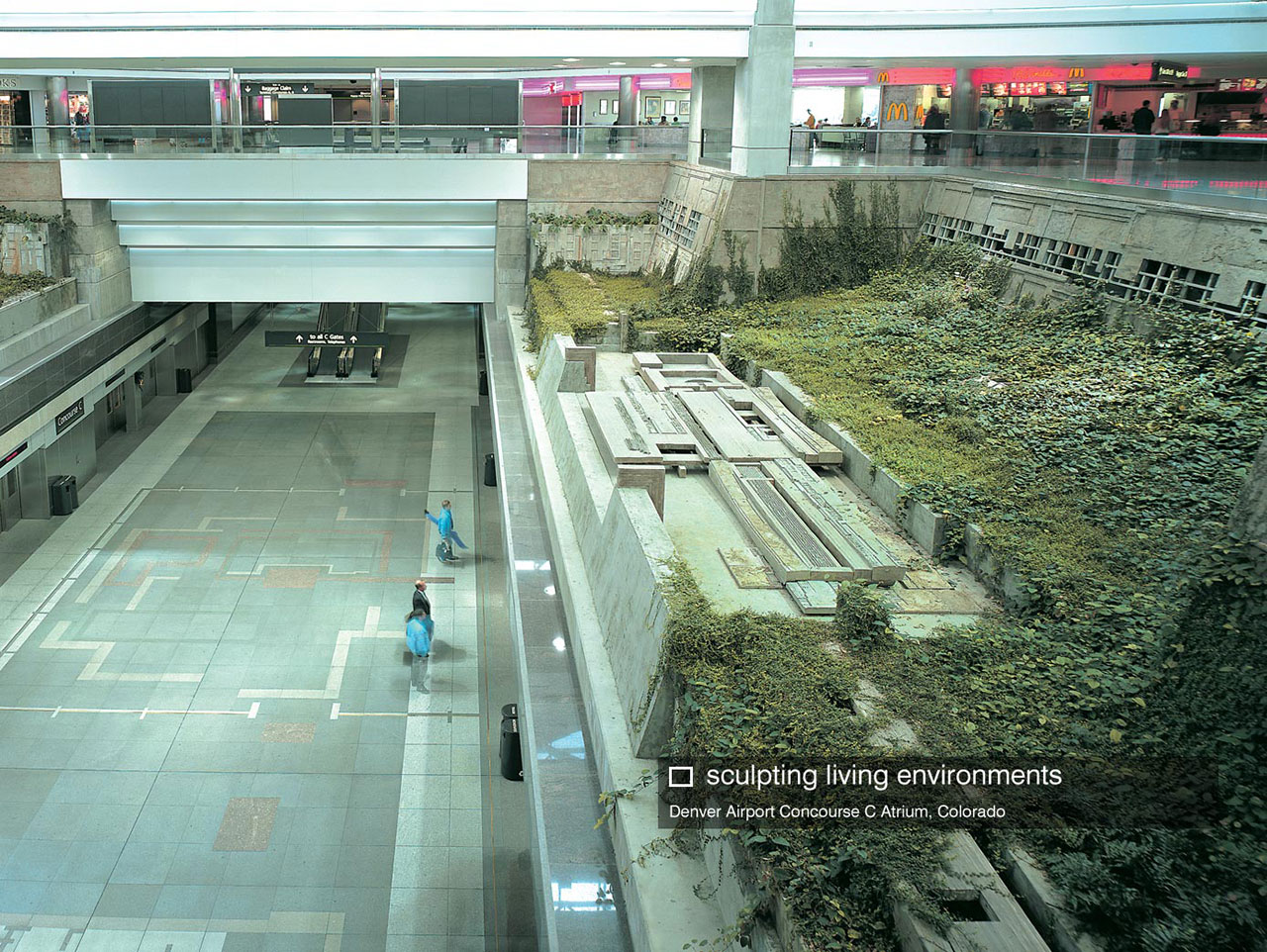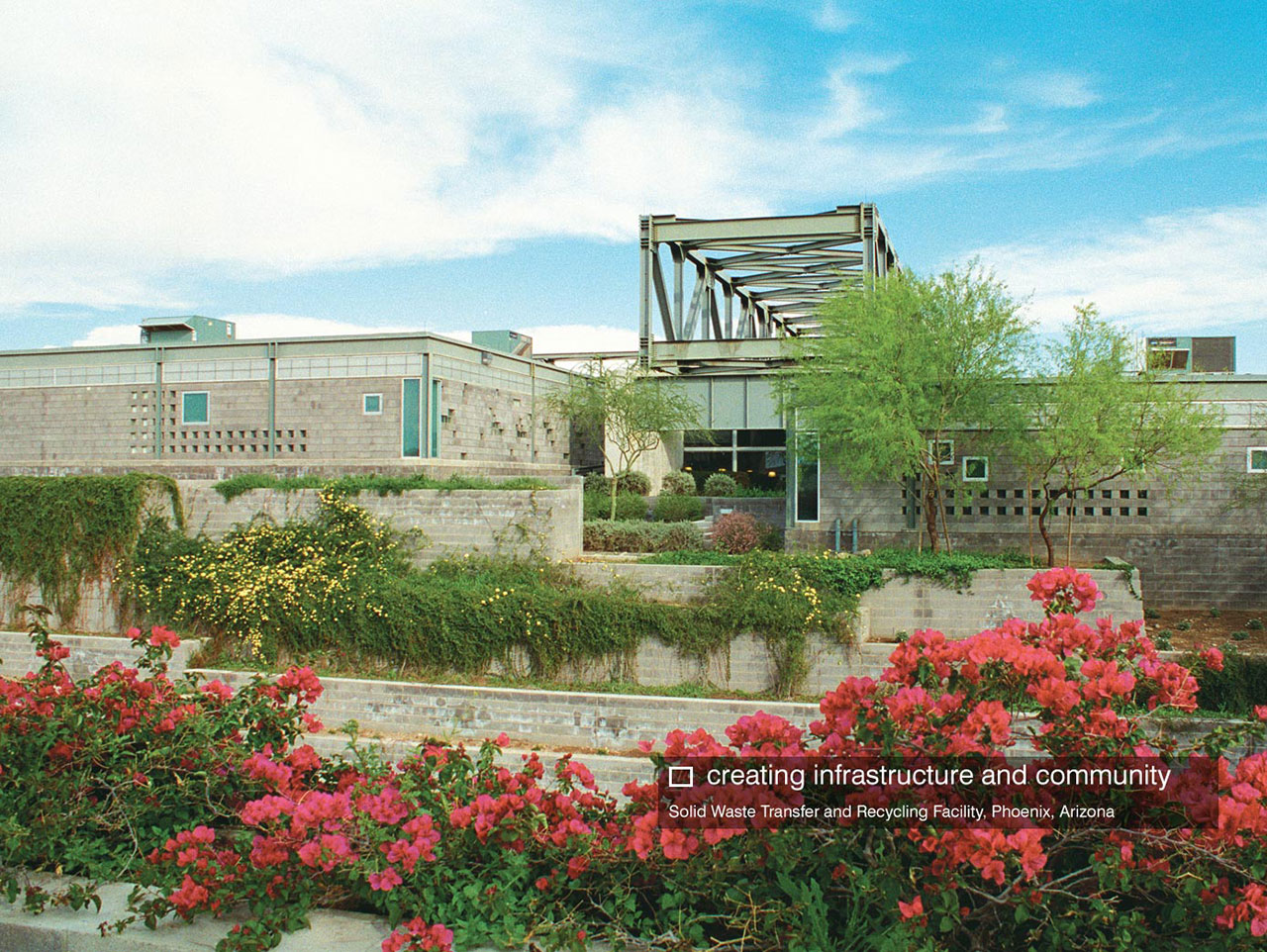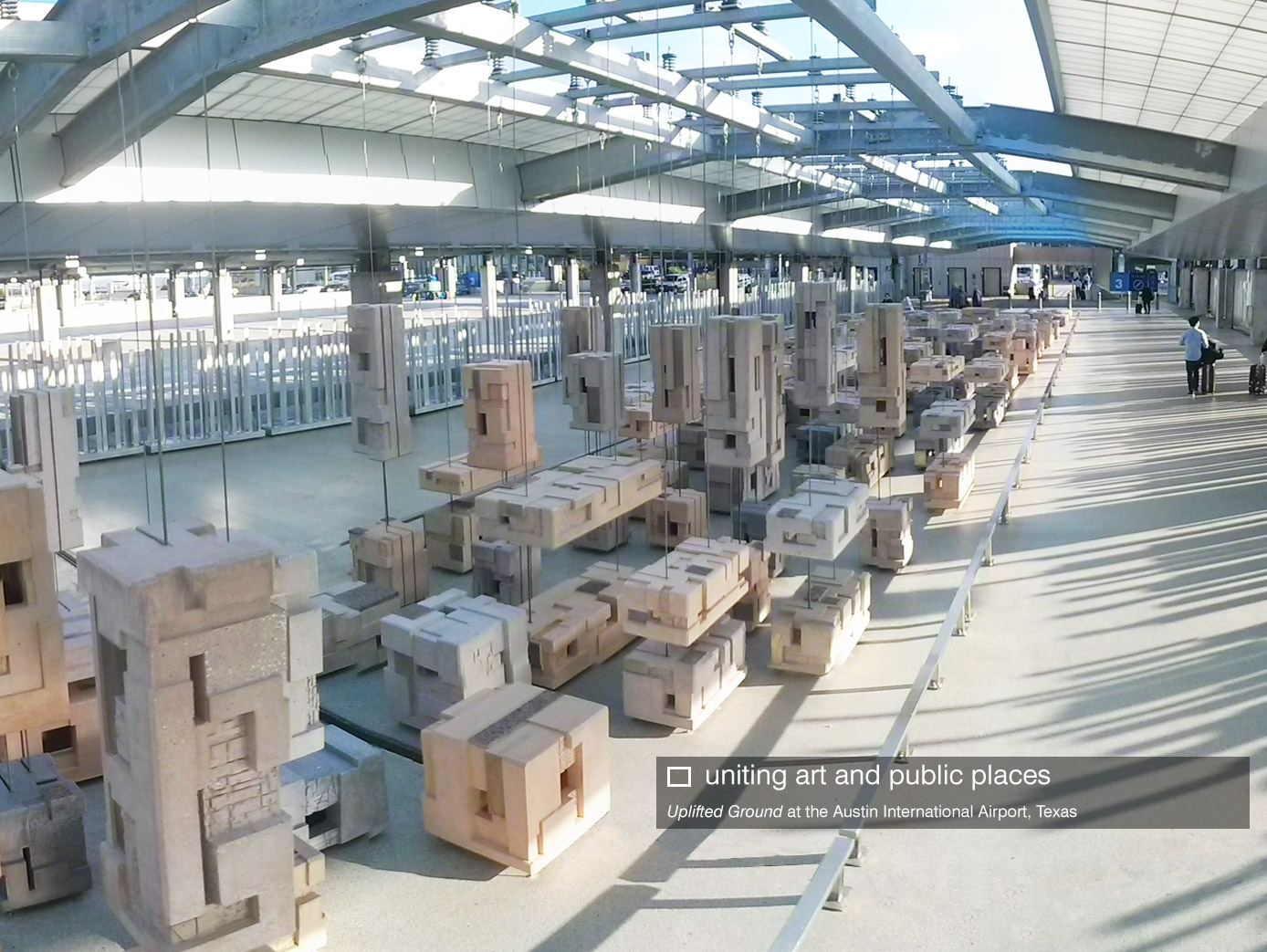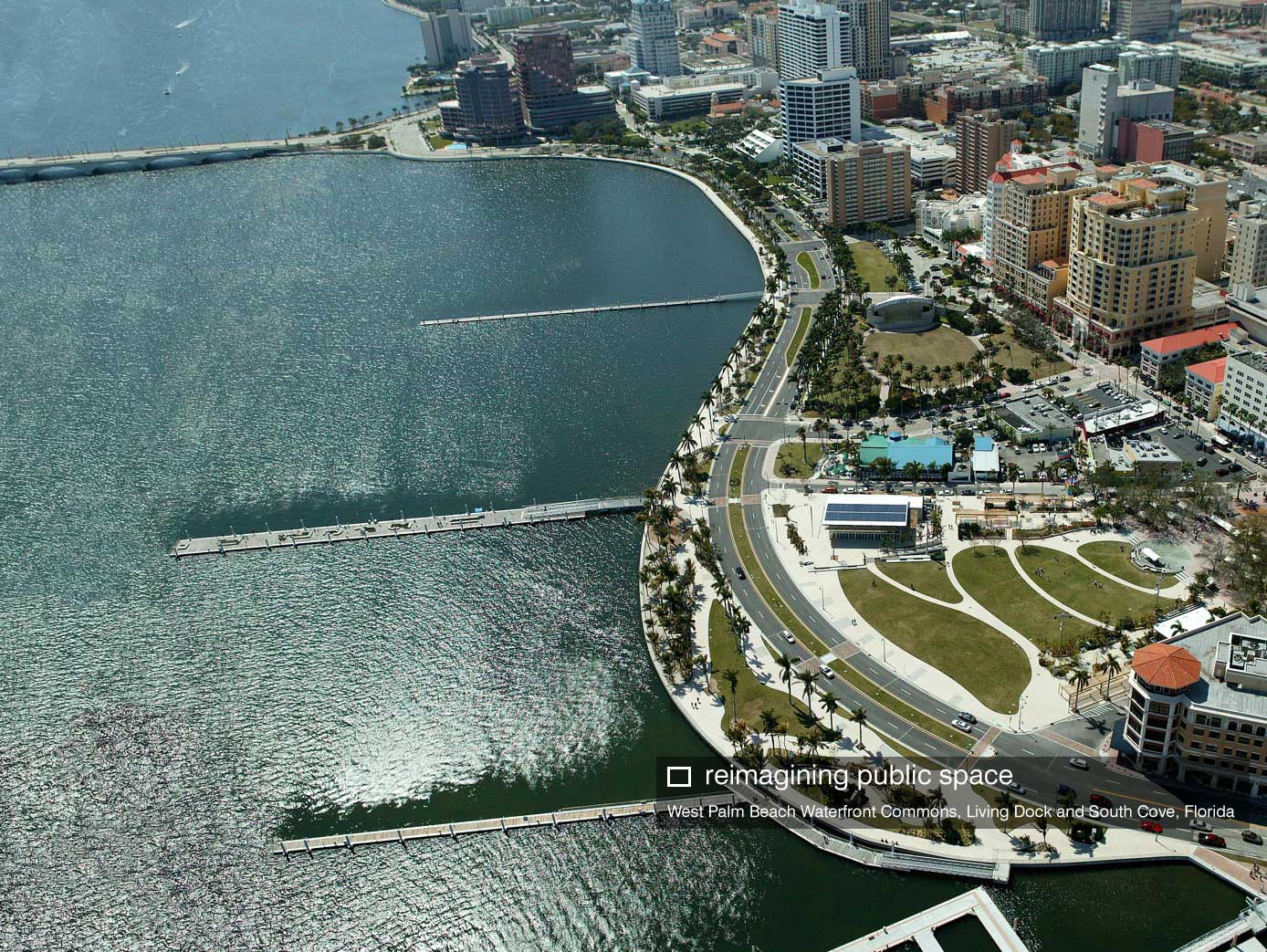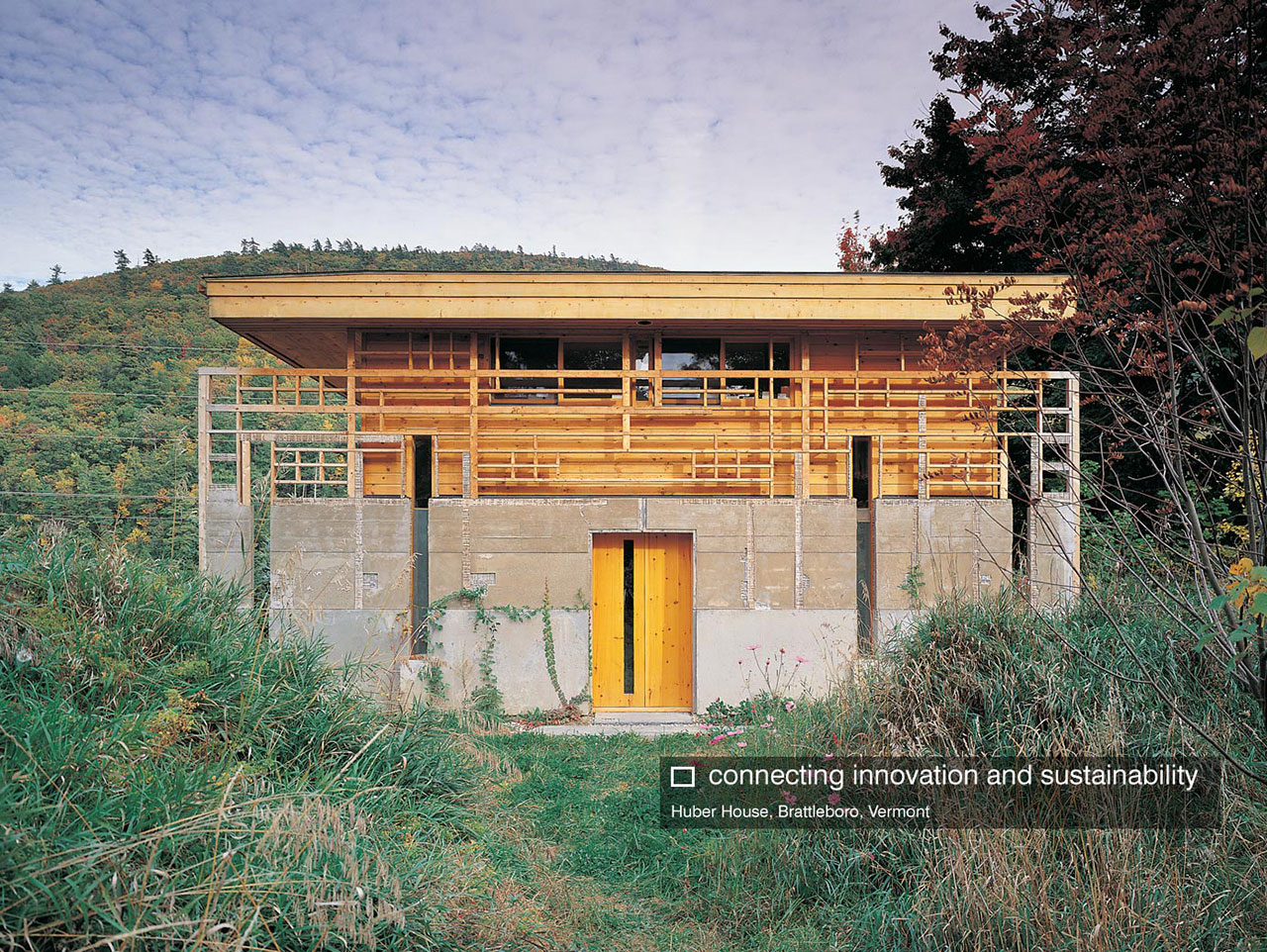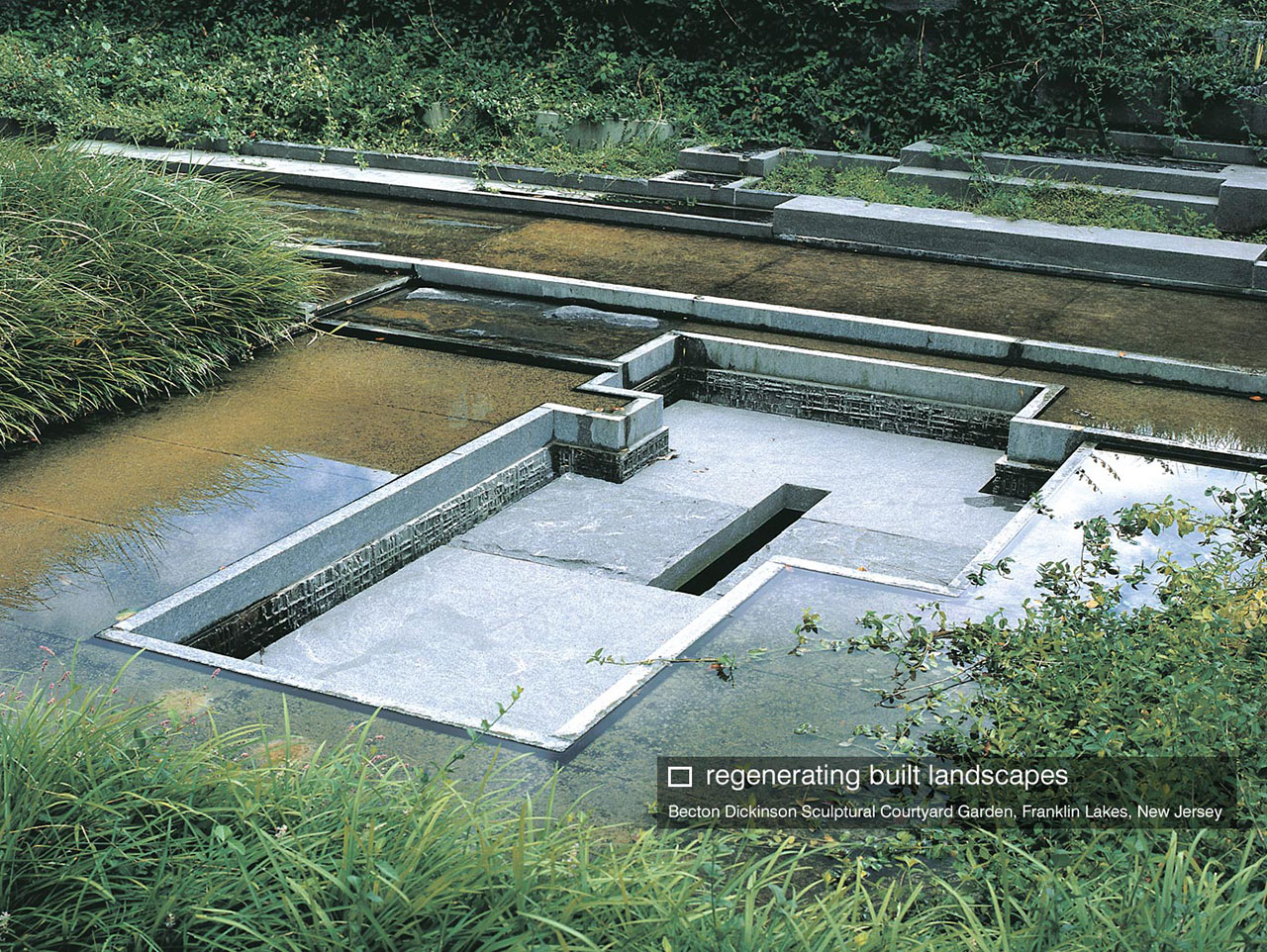Sustainable Infrastructure
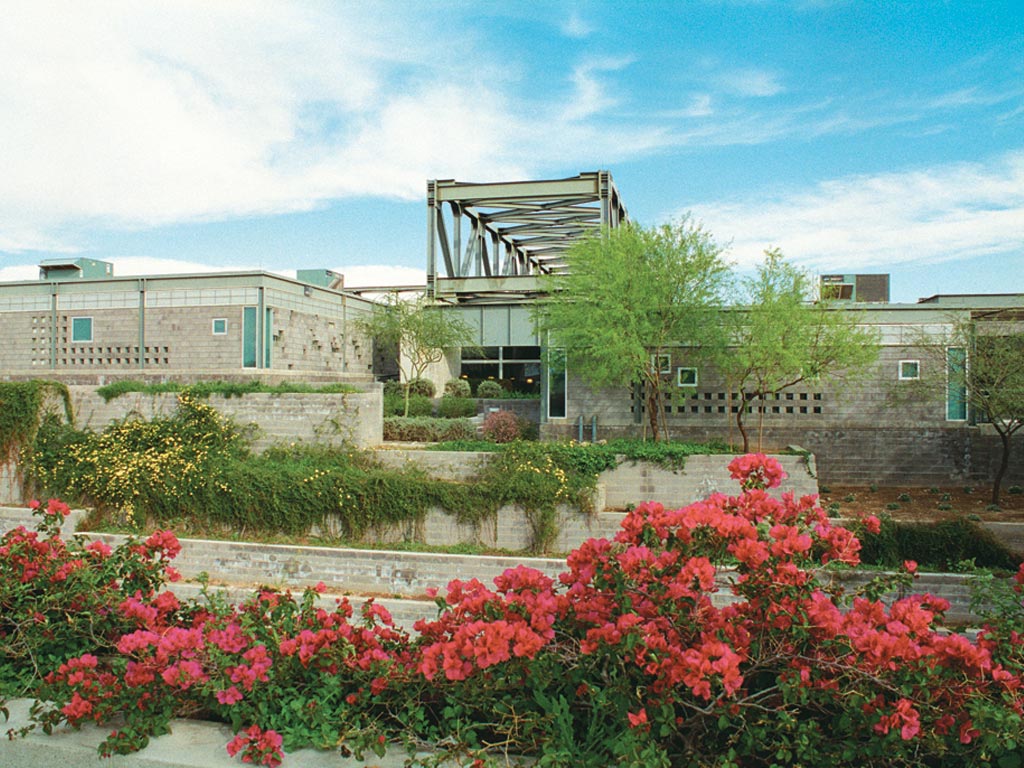
For over 25 years Michael Singer Studio has been at the forefront of re-thinking the role, community integration,transparency, environmental systems, and aesthetics of large-scale sustainable infrastructure projects in the United States and Europe. In its broadest definition these innovative sustainable infrastructure projects include power plants (and other energy generating facilities), waste water treatment plants, waste transfer stations, recycling facilities, management networks, flood mitigation and stormwater, waste to-energy facilities,transportation projects, and eco industrial parks. Many of these projects can be seen here in detail.
Much of the philosophy behind these projects is explained in-depth in Infrastructure and Community, a white paper created through a collaboration between the Studio and the Environmental Defense Fund’s Living Cities Program. The paper uses three infrastructure case study projects by Michael Singer Studio (a power plant and two waste transfer /recycling facilities) and examines each project in-depth in terms of five main topics: site context (including ecological design), energy, public access, water, and architectural design. The purpose of Infrastructure and Community is to put forward concepts and ideas that can integrate infrastructure with its surrounding community. The goal is to provide elected officials,policy makers, engineering consultants and community leaders a document that will encourage creative thinking, spark ideas that are outside of typical considerations, and result in new approaches in siting and design of infrastructure facilities. The full paper can be seen here. One current sustainable infrastructure project is the new SWA Waste-to-Energy Facility in Palm Beach County, Florida. This project was developed in collaboration with SWA and Arcadis, and will be the newest and most environmentally advanced waste-to-energy facility in the United States (see the project details here). The Studio has also worked on several eco-industrial parks including one recent exploratory project in Copenhagen, Denmark which can be seen here.The Studio is also working on a new range of projects that look beyond sustainability to create new forms of regenerative infrastructure. One ongoing initiative is the Studio’s Living Shoreline Regeneration Project which involves collaborations with government agencies in southeastern Florida and Connecticut. This initiative involves research, collaborative design, prototype fabrication, and in-situ testing of alternative living infrastructure to traditional seawall and bulkhead designs. The work in southeastern Florida, for instance, utilizes sculpted precast elements designed with marine engineers and biologists that create an armature for estuarine habitat including mangroves, oysters, and marine wildlife. This work is related to Michael Singer’s earlier Riverwalk Flood Wall in Grand Rapids, Michigan (see the project here) that utilized sculpted infrastructure to preserve and regenerate habitat while simultaneously meeting the functional requirements of flood protection. The Living Shoreline Regeneration Projects will assist in improving water quality, protecting seawalls and associated infrastructure (including from early sea-level rise impacts), and will support the regeneration of critical estuarine habitat. Through interdisciplinary collaboration, regenerative design, and the rethinking of infrastructure the Studio envisions a new way of protecting coastlines while simultaneously restoring critical ecosystems.

